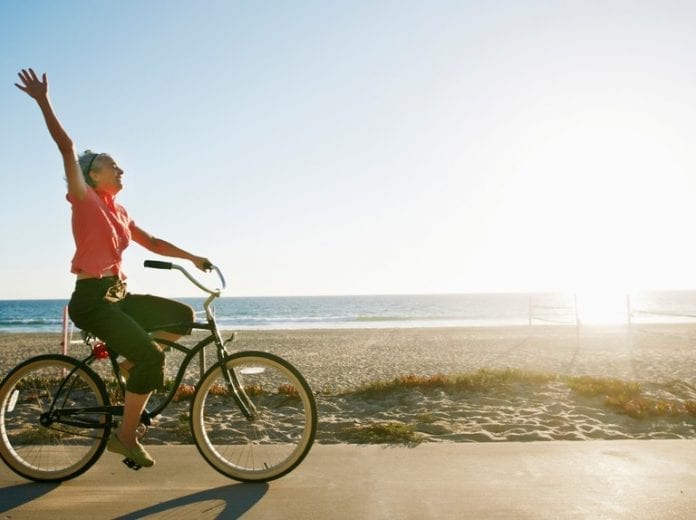Many people can remember the first time they rode a bike; it’s one of those key life experiences that we never seem to forget, and for many people, it begins a lifelong love of cycling. There’s something exciting and liberating about saddling up on a bicycle and heading off on the open road or along a forest trail, watching nature whizz by as you speed along, powered purely by the force of your own muscles.
As well as being a lot of fun, cycling is also one of the best forms of exercise too, helping to keep the heart and lungs healthy, while also contributing to weight control and increasing stamina levels as time goes by. Other advantages include the fact that it’s an eco-friendly form of travel, as well as being a super activity to share with friends and family, so it’s no wonder with all those benefits that there are close to 50 million regular cyclists in the US alone.
Unfortunately, bicycles also come with their fair share of drawbacks and risks for riders to worry about; accidents involving bicycles happen more often than you might think, with statistics showing that close to half a million bicyclists get injured every single year. This is why, if you want to have fun on a bike, you need to know some top tips to keep yourself and others safe at the same time.
Timing Matters
According to The Law Offices of George Salinas, “A common theme among accidents is timing—most bicycle accidents occur between 6 p.m. and 9 p.m. This happens because many people are out on their bicycles for exercise, while other people are in a rush to get home from work. Mix that with fading sunlight, and bicyclists face grave dangers during these hours of the day.” So try to be especially careful if you’re riding in the evening and wear protection and visibility gear.
Check the Weather
As well as the time of day, you also need to pay close attention to the weather forecast before you head out on your bike. Weather can play a massive part in cycling safety, and it’s often best to avoid cycling in wet, windy, and icy conditions if you can. Wet roads can be far more slippery and the rain may make it hard for other vehicles to see you too. Be ready to adapt and call an end to your journey if you see the weather start to turn.
Wear A Helmet
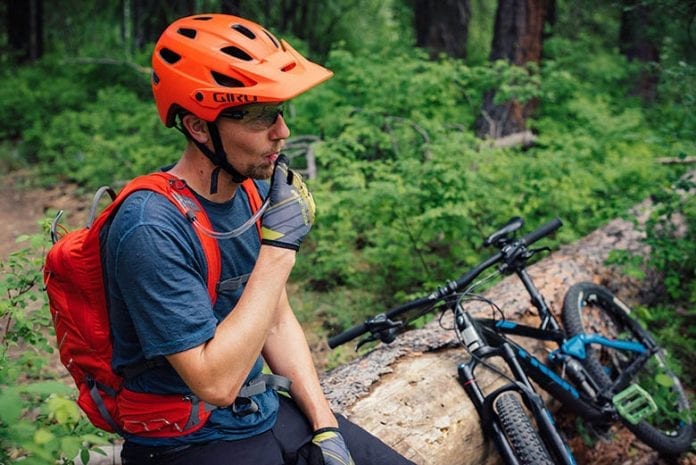
Statistics and research reports have consistently proven that wearing helmets can reduce your risk of serious injuries while riding a bike, so it really makes a lot of sense to wear one. They’re designed to serve as an extra layer of protection for the brain and head, protecting you if ever you get flung from the bike due to a sudden collision or impact and hit your head against the road or another object in your path.
Buddy Up
Riding alone can be a fun form of exercise, but it’s often much more fun to ride with a pal or family member, and it’s usually a lot safer to have someone else around too. Having a partner cyclist by your side will give you an extra pair of eyes to look out for hazards ahead, as well as an extra pair of hands to help out if either of your bikes suffer any faults or failures, or if any accidents happen to occur.
Stay Hydrated and Energized
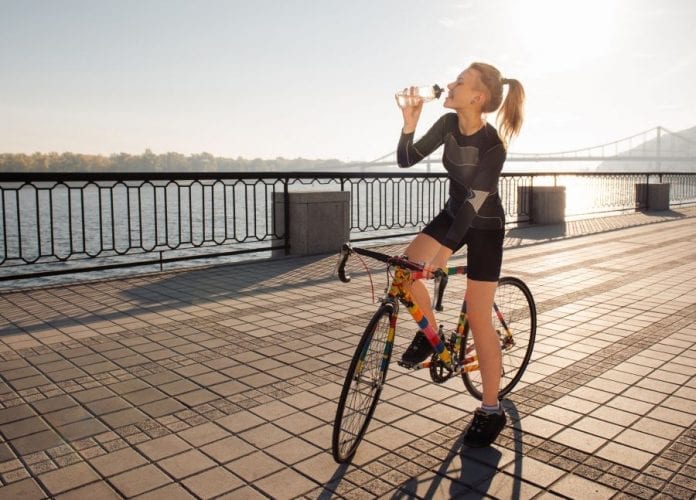
Riding a bike is quite an intense form of exercise. It burns a lot of calories and requires a whole lot of energy, and it’s not uncommon for riders to feel tired and worn out at the end of their journeys. Make sure you have a sufficient level of fitness to keep up with the demands of your journeys, and don’t be afraid to take breaks as and when you need them, as well as carrying water bottles and energy bars around to help you stay hydrated and energized too.
Keep Your Bike in Good Working Order
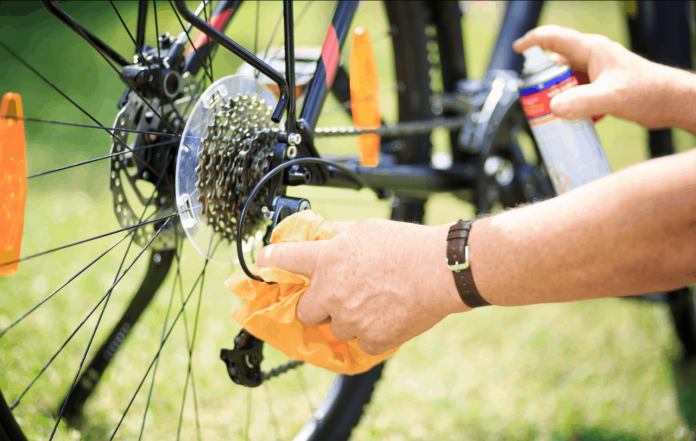
There are many possible causes of bicycle accidents, and one of the most overlooked causes is a faulty or badly-maintained bike. It’s your responsibility, as a bicycle owner, to make sure your bike is looked after correctly, so make sure you always check it over before heading out on a long ride, carry out routine bike maintenance on a regular basis, and be sure to carry a puncture repair kit and some other simple tools in case you need to fix your bike by the side of the road.
Stay Focused
Another top tip for bicycle safety is to make sure you remain focused, alert, and attentive to yourself, other road users, and your surroundings at all times. It only takes a single lapse in concentration for you to suddenly find yourself in a very dangerous situation, and many cyclists are killed or injured each year after letting themselves get distracted by checking their phones or taking their hands off the handlebars for a moment.
Dress Correctly
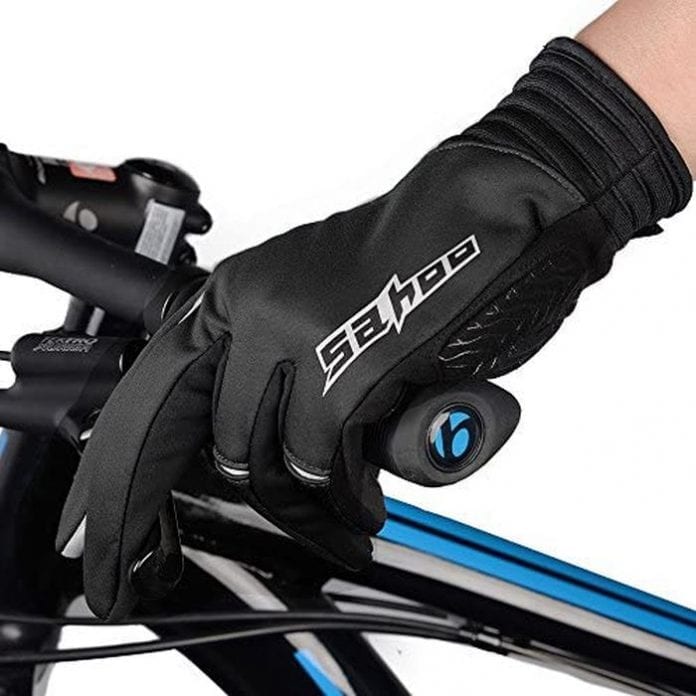
As well as a helmet, you also want to make sure you choose to wear the right attire and accessories to stay safe while cycling too. Usually, cyclists opt for lightweight, comfortable, stretchy fabrics that are able to absorb heat and moisture well to prevent discomfort and minimize the risk of rashes building up after long rides. Gloves and pads can help to protect you if any accidents occur too, and visors or sunglasses might improve your visibility.
Conclusion
Cycling can be one of the most fun and rewarding forms of physical activity, but it’s important for cyclists to understand and accept the risks they face, especially when riding on roads, and take the proper precautionary measures to minimize those risks. Keep these useful tips in mind every time you’re preparing for a ride and do whatever you need to do to keep yourself and others safe.
